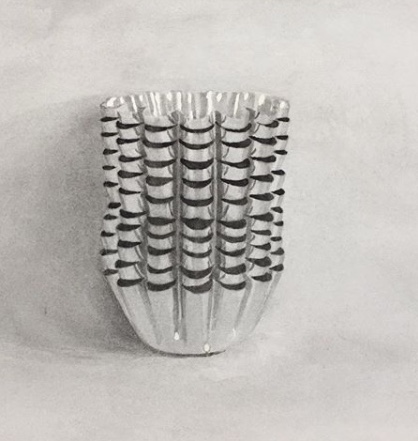December 23rd, 2017 by dave dorsey
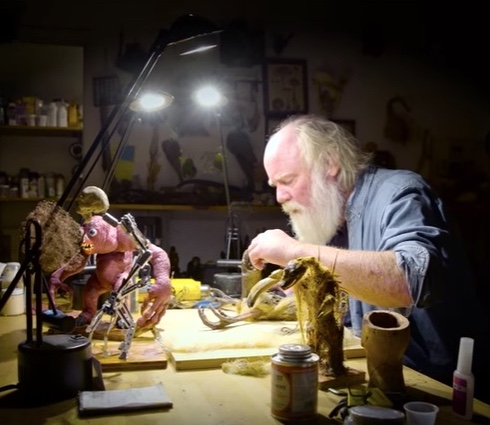
Phil Tippett
A quote posted on the door of the stop motion effects creator for the first Star Wars trilogy, Phil Tippett:
Passion has little to do with euphoria and everything to do with patience. It is not about feeling good. It is about endurance. Like patience, passion comes from the Latin root, pati. It does not mean to flow with exuberance. It means to suffer.
December 20th, 2017 by dave dorsey
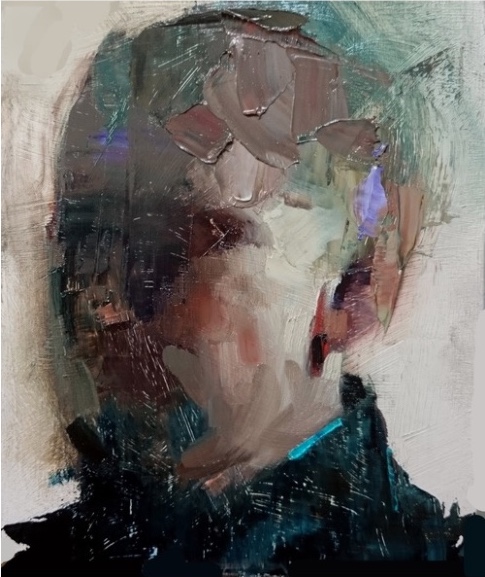
Oven, Benjamin Bjorklund
December 17th, 2017 by dave dorsey
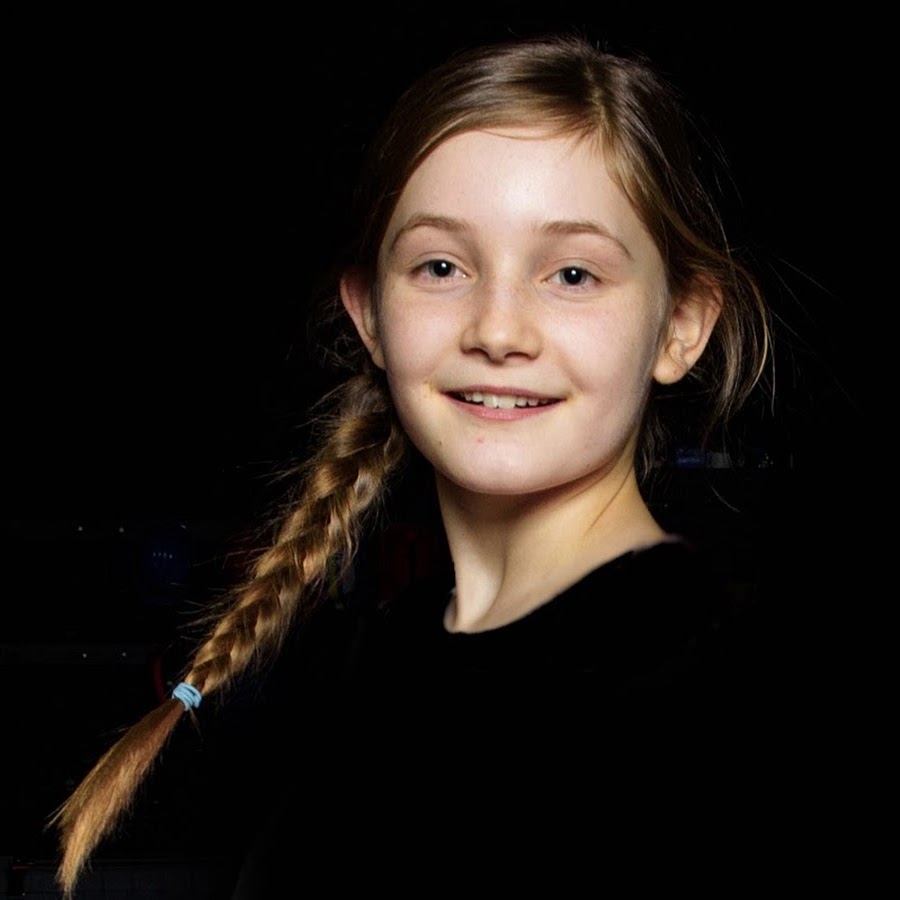
Alma Deutscher
Some people have told me I compose in the musical language of the past and that this is not allowed in the 21st century. In the past it was possible to compose beautiful melodies and beautiful music but today they say I’m not allowed to compose like this because I need to discover the complexity of the modern world. And the point of music is to show the complexity of the world. Well let me tell you a huge secret. I already know the world is complex and can be very ugly, but I think these people have just got a little bit confused. If the world is so ugly, then what’s the point of making it even uglier with ugly music?
— Alma Deutscher, British composer, b. 2005
December 15th, 2017 by dave dorsey
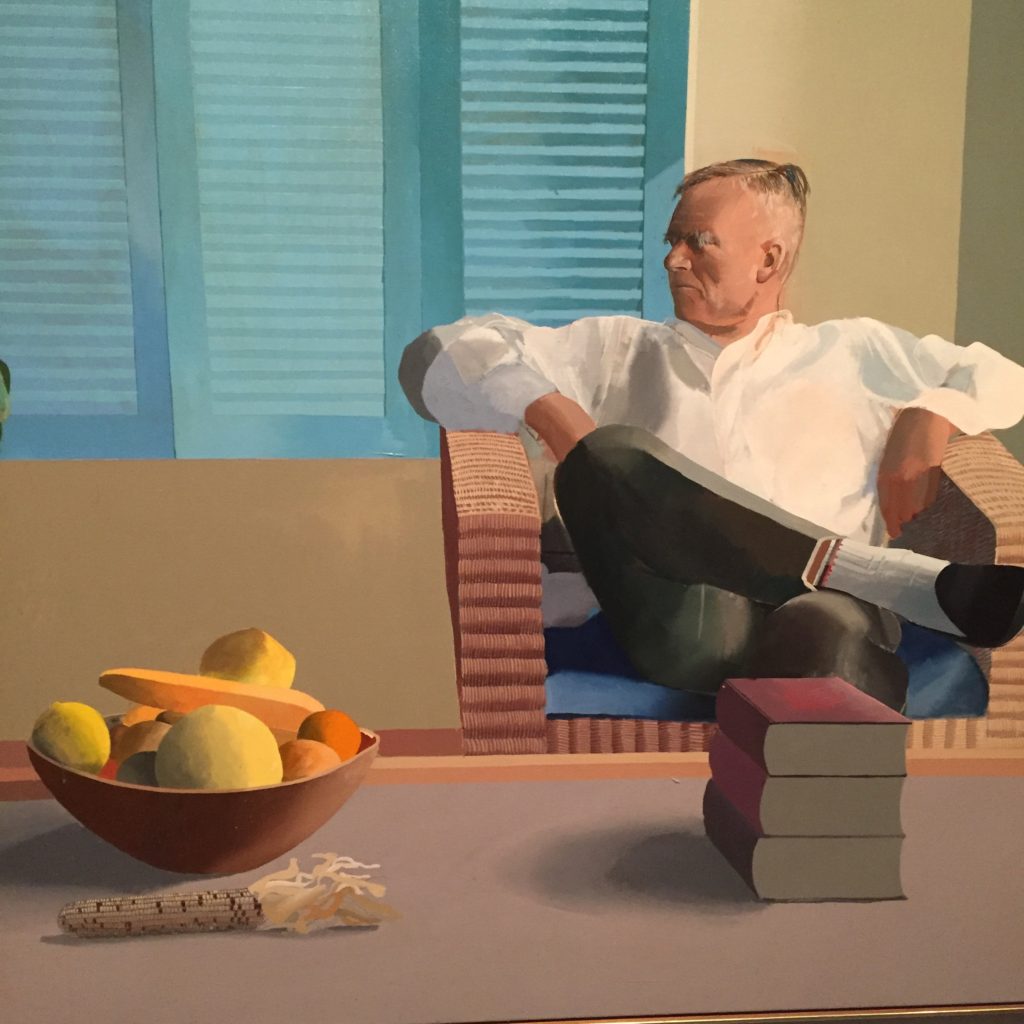
Christopher Isherwood, detail from Christopher Isherwood and Don Bachardy
Most painters who try to do what a beloved, earlier painter did end up as imitators. Others, like David Hockney, begin where an earlier painter, or set of painters, left off and find a new, idiosyncratic path. Hockney’s a cheerful, sincere post-modernist, borrowing as a tribute to his passion for earlier painters and always using their influence to find himself. They include Matisse, above all, but also Picasso, the Impressionists and post Impressionists, Chardin, Vermeer, Freud, Balthus, and, a recent surprise for me, Piero della Francesca. It isn’t as if this was a secret, since he puts his admiration for the Renaissance painter in plain sight, but I hadn’t paid close enough attention to his work to notice it until now. An afternoon at The Metropolitan Museum of Art a week ago elevated my admiration for Hockney dramatically. Until last Saturday I had no idea how powerful his best early work is, and how wonderfully strange his paintings can seem even when he’s devoted to nothing more than honestly celebrating domesticity, bourgeois happiness and the simple pleasure of human relationships—in other words, the placid order of civilized life.
Having never seen his paintings other than in reproductions, I started paying serious attention to Hockney only around the turn of the century, when I first saw his Polaroids at Retrospektive Photoworks in L.A. during its run there. I immediately loved them, many assembled from dozens of Instagram-square Polaroids. Until then I’d been appreciating him in a sidelong way, fond of his color and the Southern Californian light that transfigured his work when he moved to the U.S. Hockney’s paintings are so intensely illuminated, it makes you realize that Venice Beach is nearly a thousand miles closer to the equator than Venice, Italy and the light of the Midi has nothing on the light that inspired Diebenkorn. To walk out of LAX for the first time into that brilliance must have been like stepping out onto another planet, compared to the Northern glow of Hockney’s native England.
The Metropolitan show highlights the radical simplicity of the earliest famous work that followed Hockney’s migration to the U.S. In each individual painting, MORE
December 7th, 2017 by dave dorsey
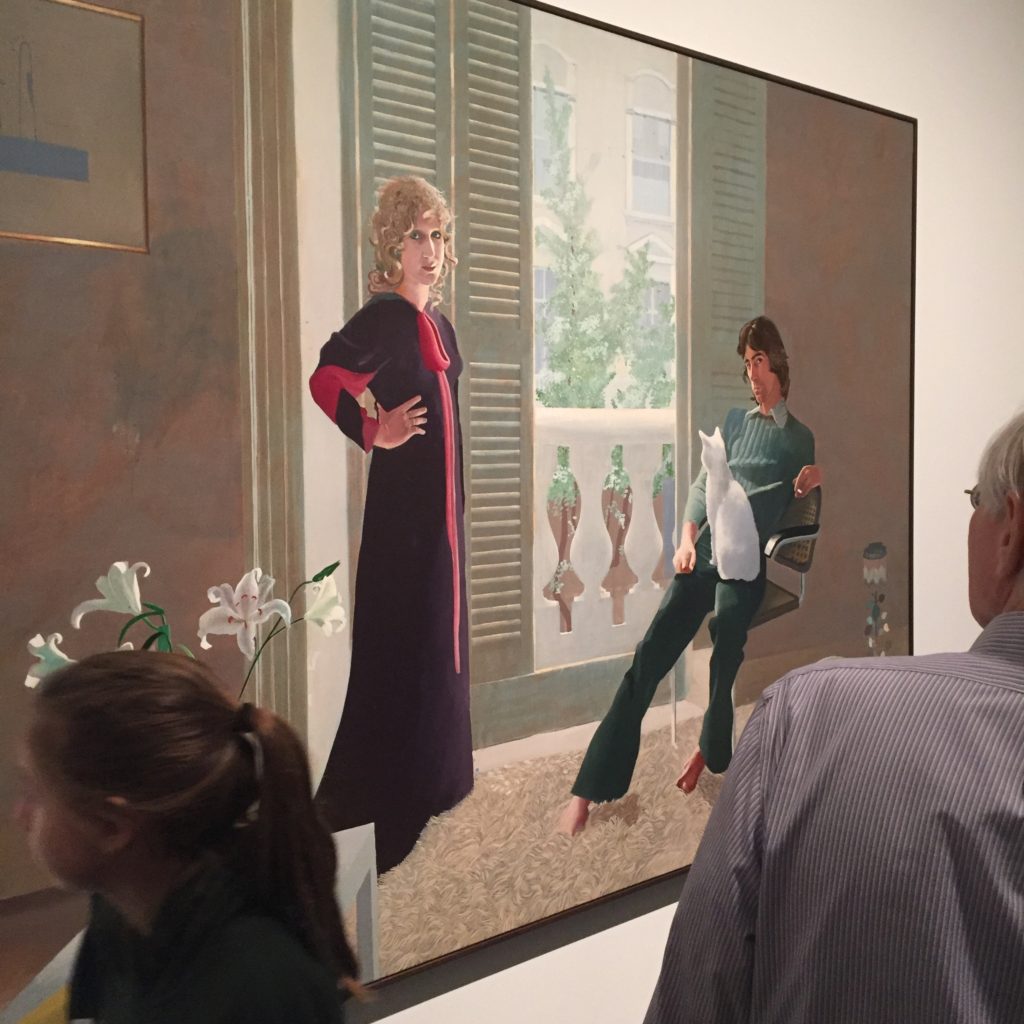
Mr. and Mrs. Clark and Percy, David Hockney
I got a chance to see the David Hockney retrospective at the Metropolitan Museum of Art this past weekend, and was knocked out by seeing, in person, so many paintings I’ve only seen in reproductions until now. A long response to the show will be forthcoming, if I can find the time to finish it. The double portraits–the one above offers a sense of their scale–make the show worth attending.
December 1st, 2017 by dave dorsey
Joshua Huyser, a Minneapolis artist who exhibits internationally, does the simplest possible water colors of single objects, or a small group of identical objects, on a nearly white ground. They’re a delight, and they do what all painting should do: make you look at something as if you’re seeing it for the first time.There’s a guileless quality to the execution that reminds me of Fairfield Porter in that it never lets you forget you’re looking at paint. They’re precise and detailed but not overly so, and color is used very sparingly. Seeing each new painting on Instagram is like hearing a hammer drive a nail just a little more securely into its seat.





